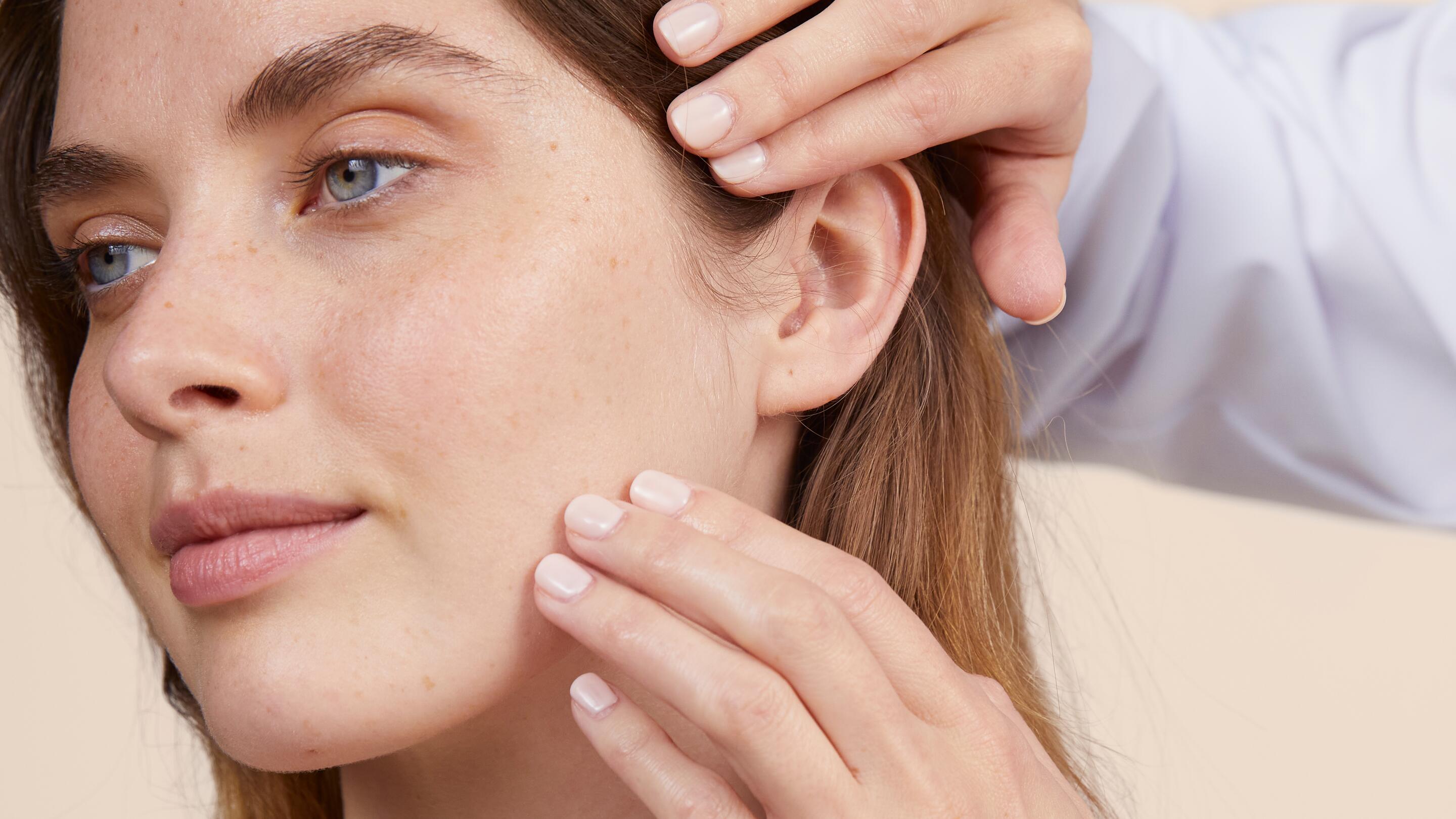3n6_|2)C%6WSVwaEEKa(_G9emcpQh?2R88v9V;7sZL96z,e6
3n6_|2)C%6WSVwaEEKa(_G9emcpQh?2R88v9V;7sZL96z,e6
Is your baby's skin dry to the point of flaking or crusting? On top of that, your baby's red patches are very itchy and oozing? Your newborn baby is probably suffering from eczema.
This skin condition, also known as atopic dermatitis, appears on the cheeks and behind the ears in the first few months of life and then in the skin folds for older children. It appears with eczema flare-ups, accompanied by intense itching and redness, followed by periods of calm. During outbreaks, your baby will certainly experience sleep disturbances.
This dermatitis is caused by atopy, a condition prone to allergies, often inherited from their family. It affects more than one in ten babies and is not contagious.
To soothe eczema-prone skin, a paediatrician or dermatologist will refer you to corticosteroid-based creams. Alongside these, the help to soothe your baby's irritated skin and improve the effectiveness of therapeutic treatments.
Eau Thermale Avène has formulated the Xeracalm A.D range of emollient skincare products to restore the skin's hydrolipidic film and, therefore, its barrier function and to soothe itching. Here are some suggestions for restoring your little one’s skin flora and not damaging the skin's hydrolipidic film:
- Wash your baby with the Replenishing Cleansing Oil or Ultra-Rich Cleansing Bar, free from soap and fragrances and with warm water between 32°C and 34°C.
- After dabbing your baby dry with a towel, gently apply the emollient Xeracalm A.D. Lipid-Replenishing Cream, to your baby's skin or, alternatively, the Lipid-Replenishing Balm if your baby has very dry skin.
- For intense itching, relieve your baby with the emergency treatment Xeracalm A.D. Soothing Concentrate.
- For an oozing lesion, use Cicalfate Spray for its drying and repairing action.
Redness in skin folds
Does your little one have red patches on the folds of their neck or thighs? In a warm and humid environment, this symptom is characteristic of intertrigo. This harmless skin infection is common in babies with sensitive skin, and in adults.
3n6_|2)C%6WSVwaEEKa(_G9emcpQh?2R88v9V;7sZL96z,e6 This can be caused by excessive sweating when the baby is over-covered, poor drying after bathing, or changing nappies too far apart.
To get rid of these red patches you need to address the causes of the intertrigo and use anti-irritation treatments. If the rash persists, ask your paediatrician for advice.
Avoid maceration:
- Remove a layer of clothing from your baby when it’s hot.
- Change your baby’s nappy very regularly
- After changing their nappy or bathing them, dry their skin folds with a towel.
Soothe and repair the irritated skin:
- Spray Avène Thermal Spring Water at each nappy change for immediate soothing, then pat dry.
- Apply Cicalfate+ Repairing Protective Cream to redness to repair the skin and prevent bacterial proliferation.
Red patches and spots on your baby's bottom
If the red patches are located on your baby's bottom and genitals, it’s most likely nappy rash.
The rash is usually accompanied by small red spots, which can sometimes bleed. This rash occurs when your baby's bottom is left in a wet nappy for too long or when teething.
A doctor will probably prescribe hydrocortisone or antifungal cream, which you can supplement with an anti-irritation cream, such as Cicalfate+ Repairing Protective Cream. You can use Avène Thermal Spring Water Spray for its soothing properties after every nappy change.
If your baby's red patches start to ooze or bleed, replace the cream with Cicalfate Spray.
Also, change your newborn's nappy more regularly and leave his or her little bottom free from a nappy for around ten minutes several times a day.


